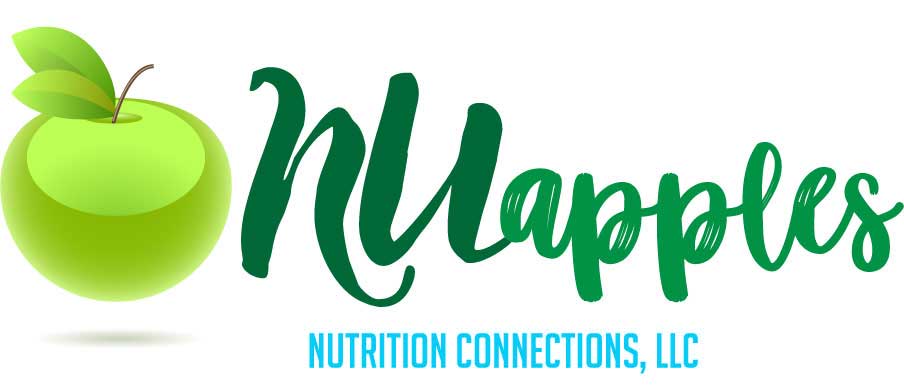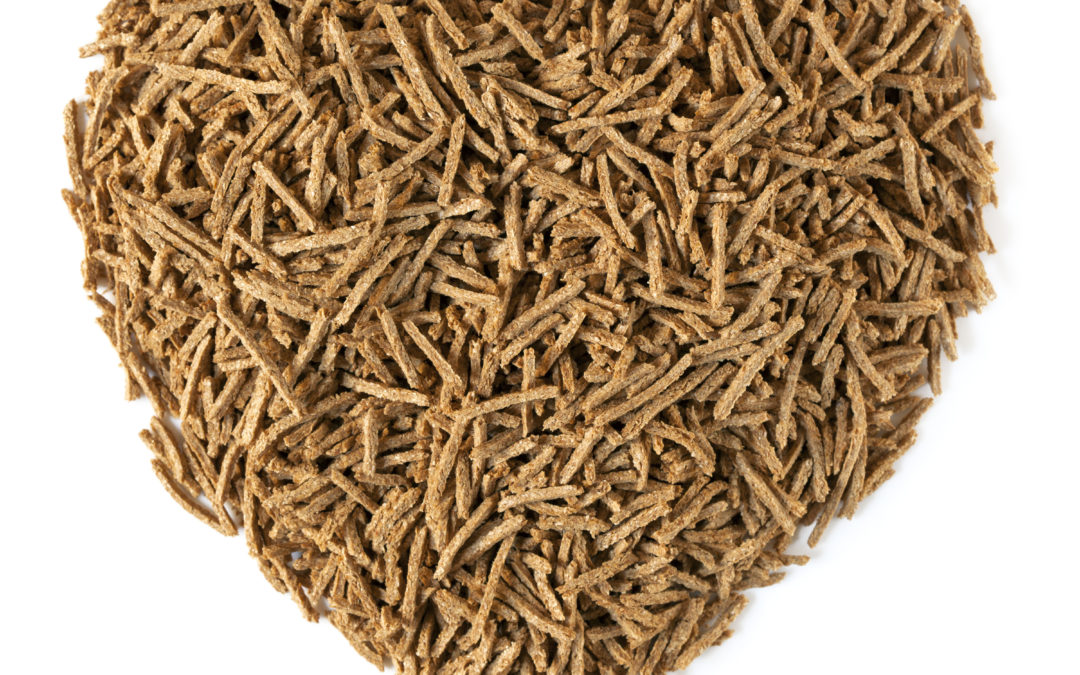Who remembers the “Cheerio” commercial an all-time favorite of mine where the little girl pours the cereal across her Father’s chest because she heard it was good for his heart. How true to form, evidence based research have shown that the fiber found in foods such as Cheerios can indeed improve overall cardiovascular health.
What exactly is Fiber: Fiber is an element found in foods such as fruits, vegetables, and grains that primarily works in the gastrointestinal tract. In nature fiber comes in two forms: Soluble and Insoluble
Soluble fiber is a type of fiber that absorbs water and tends to be very thick, syrupy and sticky. This type of Fiber is found in Oatmeal, the next time you cook or eat a bowl of oatmeal, notice the thick gooey sticky liquid that forms in your bowl or pot. You are looking at the soluble fiber in oatmeal. Clinical trials have shown it has a lowering effect on serum cholesterol through a physiological system which involves the binding of bile salts. Sources of soluble fiber are oats (cheerios), beans, dried peas and legumes. That gooey substance within these food sources have been found to decrease the overall risk of CVD by lowering cholesterol, reduces LDL, and strong evidence points to its ability to inhibit vascular inflammation relating to atherogenesis.
Insoluble fiber is a type of fiber that is undigested when consumed and basically is the skin or outer layers of fruits, vegetables, husk of whole grains, seeds (blackberries or raspberries) and bran to name a few. One of the most popular benefits of insoluble fiber is the prevention of constipation. As the insoluble fiber travels through the intestinal track it too binds water making stool soft also adding bulk which makes bowel movement easier. Insoluble fiber has been associated with the reduction of the risk of colon cancer by increasing the transit time of waste removal from the colon, thus reducing the length of time the colon is exposed to toxic materials (by-product of digestion), resulting in reduced risk of colon cancer.
Insoluble fiber also has been shown to reduce your risk of developing Diverticular Disease. Diverticular Disease has been associated with a constant straining during bowel movement or constipation. Long term constipation will damage the intestinal pouches located within the intestinal wall by causing the wall to become inflamed known as the development of (diverticulitis). This condition can be very painful, note of caution: all forms of seeds and sources of insoluble fibers should be avoided when experiencing diverticulitis.
Weight Loss: Insoluble Fiber has been found to assist in weight loss. Fiber will give you a full feeling for an extended amount of time. I usually recommend for weight loss to start with a salad and water which provides a full feeling preventing overeating during the meal.
It is recommended to consume 14 grams of fiber for every 1000 calories. If you have not included fiber in your diet prior to now, start slow and gradually increase your consumption.


Thanks for sharing excellent informations. Your web site is so cool. I am impressed by the details that you’ve on this website. It reveals how nicely you perceive this subject. Bookmarked this website page, will come back for more articles. You, my friend, ROCK! I found just the information I already searched all over the place and simply could not come across. What a great site.
Thank you so much appreciate you and your positive energy!